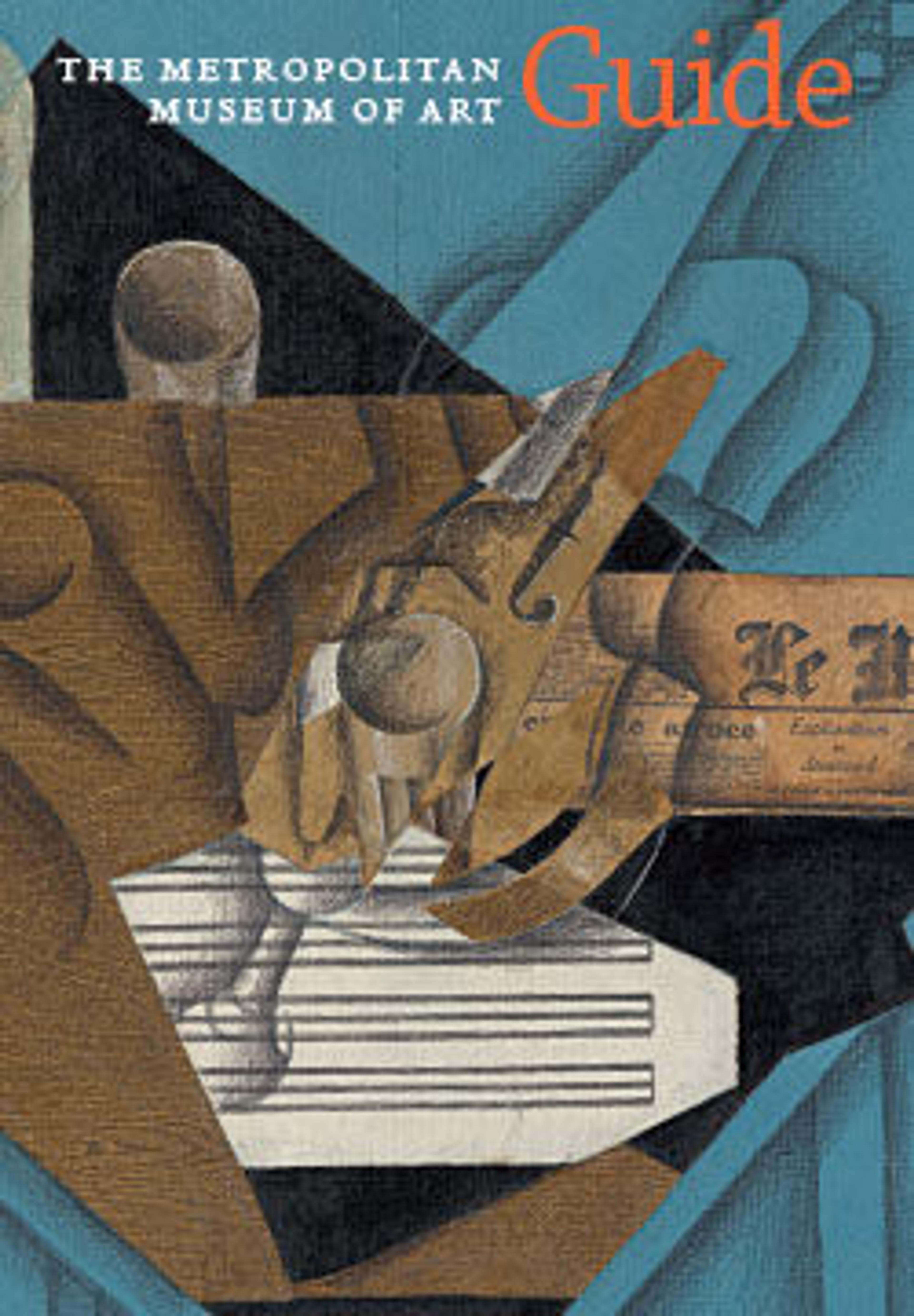수미산 만다라
공들여 태피스트리로 짠 이 만다라 또는우주 도표는 밀교의 성격을 띤 불교가 중국에 진출했을 때 함께 도입된 인도의 도상을 반영하고 있습니다. 중앙에는 신화 속에 등장하는 수미산이 피라미드가 거꾸로 뒤집어진 형상으로 묘사되었고 그 상부에는 불교에서 순결을 상징하는 연꽃이 놓여 있습니다. 그 산의 기단에 해(삼족오)와 달(토끼)을 나타내는 중국의 전통적 상징물이 보입니다. 동서남북 사방의 풍경화는 인도 신화의 4대륙을 나타내지만 중국의 전통적인 “청록산수” 양식을 따르고 있습니다. 가장자리의 조밀하게 묘사된 꽃무늬는 티벳 중부 지방의 도상에서 유래했으며, 특히 원 왕조의 궁정과 교류가 있었던 사원과 관련이많습니다.
Artwork Details
- 元 緙絲 須彌山曼陀羅
- 제목: 수미산 만다라
- 시대: 원 왕조 시대
- 연대: 14세기
- 지리: 중국
- 재료: 비단 태피스트리
- 크기: 83.8 x 83.8cm
- 크레디트 라인: 매입, 플레처 기금 및 조셉 E. 호퉁과 다니엘르 로젠버그 기증, 1989– 1989.14
- 작품 번호: 1989.14
- Curatorial Department: Asian Art
More Artwork
Research Resources
The Met provides unparalleled resources for research and welcomes an international community of students and scholars. The Met's Open Access API is where creators and researchers can connect to the The Met collection. Open Access data and public domain images are available for unrestricted commercial and noncommercial use without permission or fee.
To request images under copyright and other restrictions, please use this Image Request form.
Feedback
We continue to research and examine historical and cultural context for objects in The Met collection. If you have comments or questions about this object record, please contact us using the form below. The Museum looks forward to receiving your comments.
